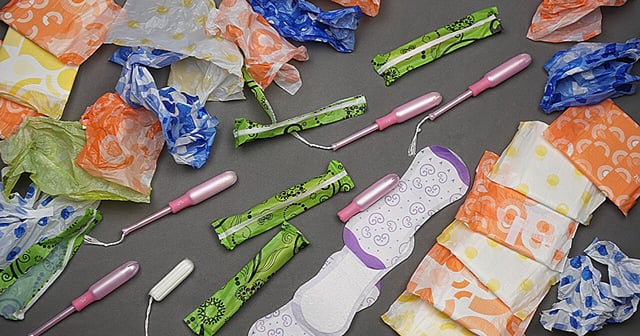Overview
- Research published in Sustainability Science and Technology shows cornstarch-based polylactic acid (PLA) pads are 17 times more eco-friendly than traditional plastic versions.
- An estimated 200,000 metric tons of sanitary products are discarded annually, with 55,000 metric tons entering North American waters each year.
- PLA pads reduce global warming potential and toxic byproducts compared to plastic, though their production requires higher land use.
- Scalability and affordability remain key barriers to widespread adoption, despite corn being one of the most widely cultivated crops globally.
- The average menstruator uses 120 kg of sanitary products in their lifetime, with traditional pads containing up to 90% plastic, equivalent to four plastic bags per pad.
